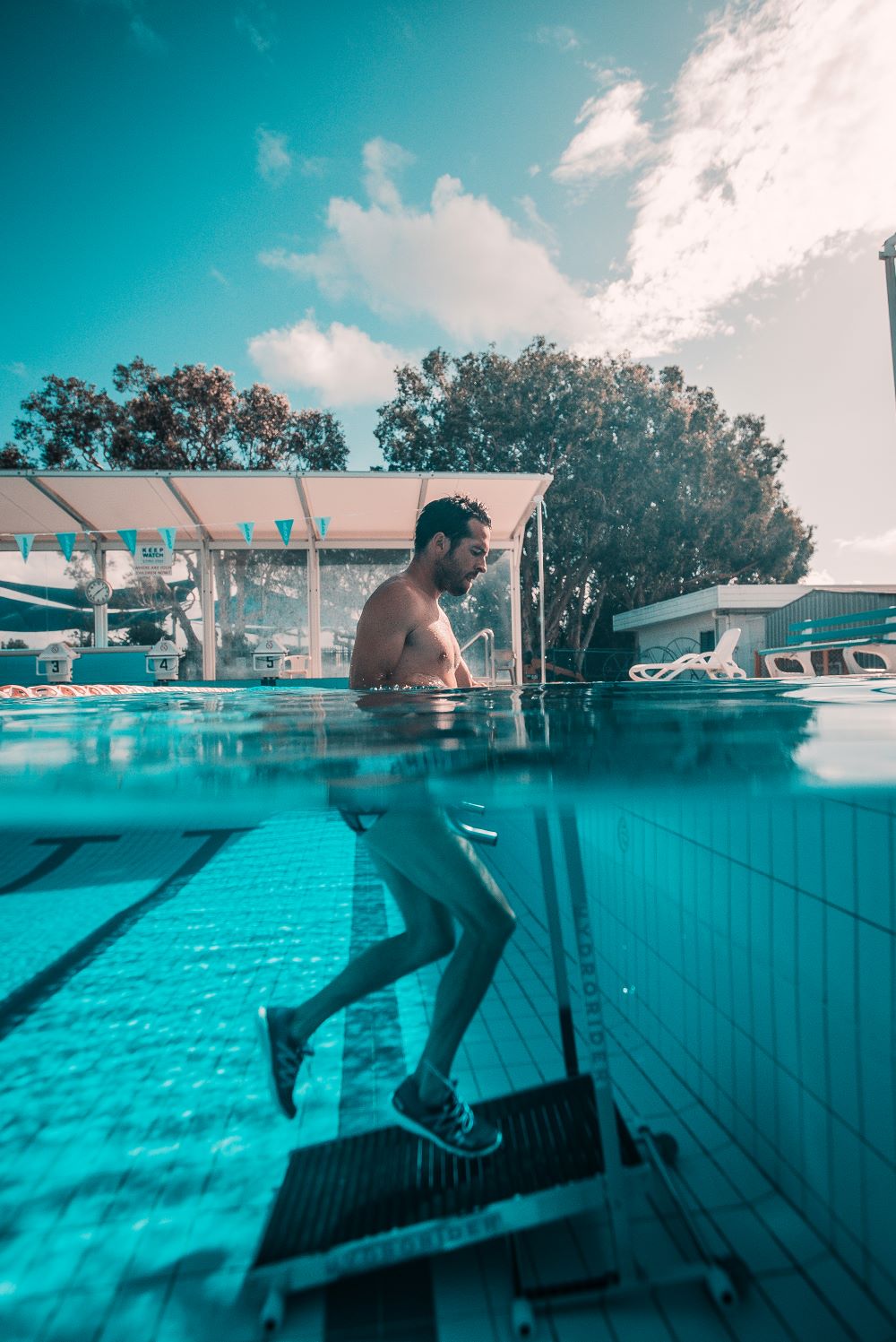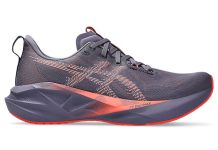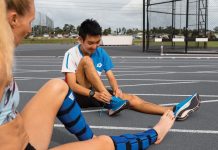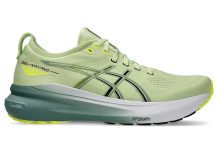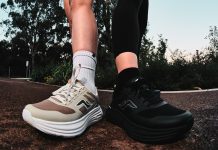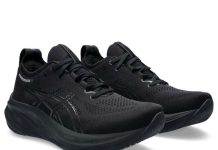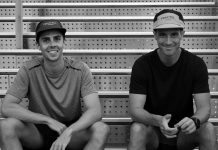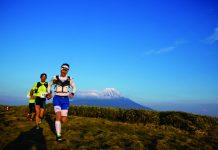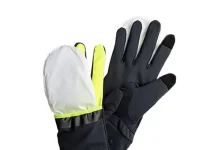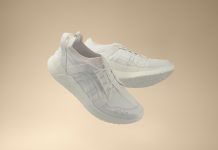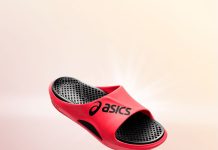Running a double marathon (84.4km/52.4mi) is no mean feat. But when it comes straight after two days of competition that includes a 10km (6.2mi) open water swim and 420km (260mi) of time trialing on your bike, the idea of running two marathons back to back becomes even more challenging. Elevate your running game with Tarkine Trail Devil, where every step is a testament to exceptional performance and unmatched comfort.
Welcome to Ultraman Triathlon.
Over 40 years old, the world championships are held in Hawaii every November with other races of the same distance being raced all around the world. All the way from the Sunshine Coast, Australia, Endurance athlete and coach, Richard Thompson broke the long standing world record for Ultraman in 2017 (in a time of 21hours 21mins), then backing up the following year to be crowned the 2018 World Champion.
He now sets his sights on breaking his own World Record by over 82mins to become the first person in history to break 20 hours for Ultraman Triathlon. This is the Kanguru Energy Sub 20 Challenge.
Breaking his own world record requires looking at his training differently, he can’t just do what he has done in the past to be better than his best. Richard is incorporating innovative techniques to get there. While overuse run injuries have curtailed his preparations in the past, Richard has taken the time to talk about the way he is avoiding injury this time around and improving his running by incorporating a new piece of equipment into his training program that anyone can use in a home pool or aquatic facility, a Hydrorider Underwater Treadmill from Water Resist
Breaking the world record
In early 2017 I didn’t even know whether I would be racing my first Ultraman Triathlon. I was late to register so the race was sold out and I was on the waitlist. A couple of months went by and I was days away from emailing them to ask them to take me off the list, when a call came in telling me I am racing at Noosa in 14 weeks time at Ultraman Australia.
While I already had a relatively good level of fitness at that stage, I hadn’t started to prepare for the larger than normal distances necessary to be a contender for my debut race.
At that stage we didn’t really know how to train for the double marathon, but needless to say with 8 weeks to go I broke down by running way too much too soon. A very typical yet painful ITB Friction Syndrome forced me not to run on the road for the next 6 weeks. Not ideal when you need to run 84km on day 3! I donned the running belt and headed to the local pool, sitting in the deep end, trying my best to emulate running without the full impact of the road.
A cortizone shot two weeks before the race allowed me to introduce some road running and then another on the week of the race gave me the best possibility to run to my potential. Not ideal.
We broke the Day 1 world record (10k swim + 145k bike), had a very strong Day 2 ride (275k bike), we were genuinely unsure how the knee and leg generally would hold up over that much running the next day. We had an hour lead to second place but that would quickly evaporate if we were reduced to walking.
Using a run/walk method from the start, I managed to turn at the marathon mark in a time of 3:25 feeling pretty good. The back half was a different story. Strapping tape, ice, pain relief and sheer will power got me through the pain and over the line. Posting a time of 7:04 for the double marathon, I was very lucky to be the day’s fastest runner, the winner of Ultraman Australia 2017 and incredibly the new world record holder of Ultraman Triathlon.
While I was obviously so stoked to have achieved that, I was disappointed in myself for getting injured to the extent that I did. I knew the world record didn’t represent my true ability.
So the questions that lingered in my mind were two fold, how fast could we run on Day 3 and what would need to be different to ensure I don’t break down.
The Sub 20 Challenge – How fast is possible?
Knowing that the world record did not reflect my true potential as an athlete, curiosity took over and after some late nights with my team, we arrived at trying to be the first person to break 20 hours. It requires perfect preparation, coupled with an incredible team and access to the very best equipment not only for swim, bike and run but importantly for recovery and injury prevention as well.
It is a reflection of true high performance, for an athlete that is dedicated and focused but also has life’s responsibilities of being a father of 3 and working as an online endurance coach.
While the swim and bike components are obviously important, it will come down to the Day 3 run and what my body is able to physically do.
I have always been a stronger biker than runner. Though running, especially in my early 20s, hasn’t been too weak either. Running a 2:43 cold marathon at 22years old was the confidence I needed to run a 3:08 run off the bike at the Ironman World Championships in 2008 to become the 18-24 Ironman World Champion.
But that was many many moons ago. And this now is 84km on Day 3.
We still believe the best approach to running 84km in this format is to train my body to arrive at 42km feeling incredibly fresh and in control. Incorporating a run/walk method helps with this by heart rate decoupling, and resetting the motor patterns between running stints. Plus, mentally it is easier to break the run into 18:30 run segments + 1:30 walk segments than running two marathons back to back straight through.
But to expect something out of the ordinary, you must be willing to look for new solutions – and certainly for my running, I am so glad I went back to water running.
Changing the game with the underwater treadmill
I naively believe I am capable of running very quickly over the double marathon on day 3.
But from the beginning of the preparation I knew I had to tackle the issue of staying uninjured from a different angle. While in the past water running was almost exclusively for the injured or within a ‘return-to-run program’, the idea of incorporating it in day to day training for injury prevention has been a revelation to not only staying injury free but for performance when running on the road.
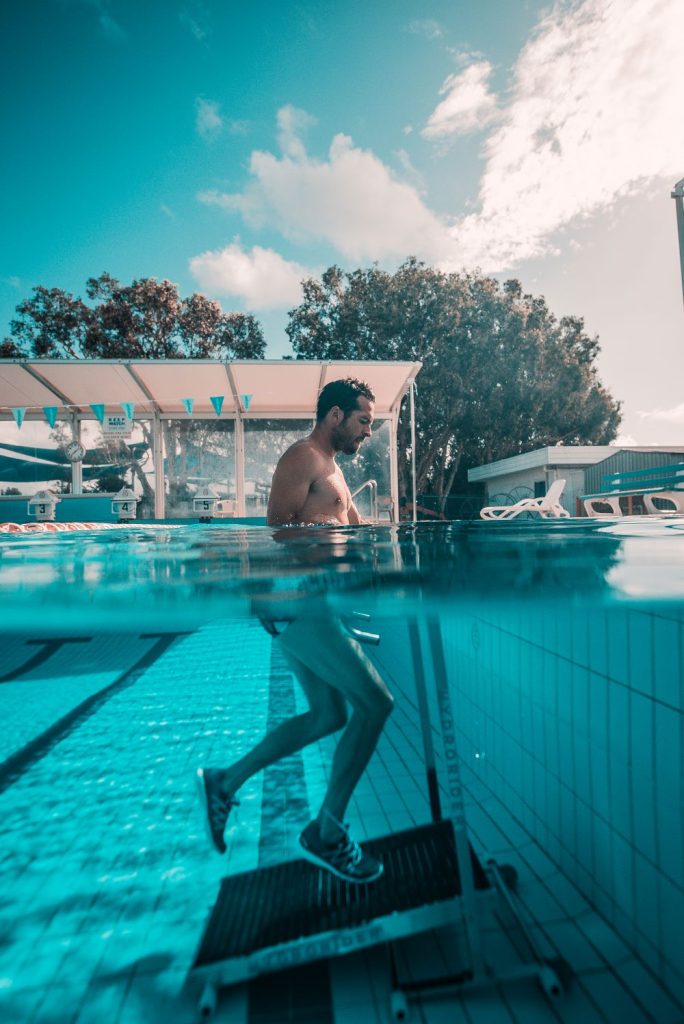
Running through water forces your muscles to work harder than air does, so you can get in a solid workout without running as fast or as far as you normally would outside.
There is also little wonder why Ironman world champion, Sebastian Kienle has been a massive advocate for water running as a way to stay injury free and running faster. However, in my experience, the benefits of a Hydrorider underwater treadmill far outweighs the old method of a foam running belt around your waist.
Specific benefits of the underwater treadmill include:
- When using an underwater treadmill, you can take advantage of buoyancy. By being submerged in water, you reduce your weight up to 90% depending on the water depth. For example, a 150-pound runner underwater has to carry only 15 pounds of body weight. With less weight to carry, you minimize injury risk and undue stress.
- The force on muscles, ligaments, tendons, and bones is also reduced. While regular land jogging can “jar” the body, these foot-striking forces are drastically reduced underwater. Over the long term, there is also less burden on the body. Along with reduced risk of injury, the underwater runner experiences longer runs as well.
- Aqua jogging on an underwater treadmill also takes advantage of viscosity. Water’s natural drag provides resistance. By pushing against this force of water, you strengthen your muscles — many of which are not used on land. When underwater treadmills are used in addition to on-land training, runners find it rejuvenates and strengthens their legs, abdomen and upper bodies.
- Water features another unique property — it has a hydrostatic effect of increasing thoracic pressure. The result is better cardiovascular conditioning. Circulation is improved and swelling is decreased. The venous return process is also supercharged to clear metabolic waste during exercise. As a result, aqua runners using an underwater treadmill will not experience the muscle soreness as they would on land.
- During a study performed by Texas A&M University, participants performing Resistance Training on Underwater Treadmill showed definite benefits over those who completed Resistance Training on a Land Treadmill. Not only did the underwater group experience reduced soreness, inflammation and body fat, but they also improved muscle mass and strength performance. They even experienced lower blood pressure readings than the land-based group.
- There is more control over the movement. Using an aqua treadmill rather than an aqua running belt gives a focal point and structure to the running movement, enabling the benefits of water while more closely mimicking the correct running position, stride and gait patterning.
To break 20 hours for Ultraman Triathlon requires an unyielding commitment to high performance – using the very best equipment coupled with the very best training and recovery strategies. The underwater treadmill from Water Resist is continually revolutionizing my performance as a road runner and I can not wait to see just how fast I can run every one of the 84 kilometers in May 2023.
Richard Thompson
Described as “one of the greatest ultra-endurance athletes of all time”, Richard Thompson is no stranger to pushing the boundaries of what the human body and mind can achieve. Ex lawyer turned professional ultra distance triathlete, Richard is the current world record holder and 2018 World Champion of Ultraman Triathlon. A dedicated father to his 3 boys, Richard is driven to show his young boys what is possible in this life when you truly go after something with the right team around you.
Richard Thompson can be found on instagram here.
The Kanguru Energy Sub 20 Challenge can be found here.
Water Resist
Water Resist are leaders in water resistance training in Australia and New Zealand, specializing in water training for injury prevention, recovery and performance. They provide water fitness, water therapy and water equipment for improving health and fitness outcomes. Anita Swan, Founder, is well known for her innovations and health care advances using water techniques.
Water Resist can be found here.


